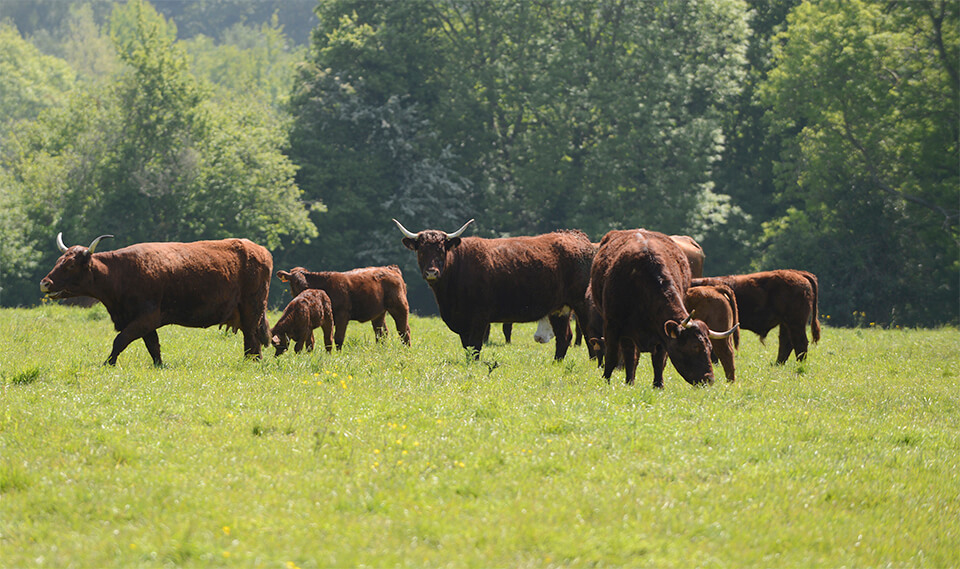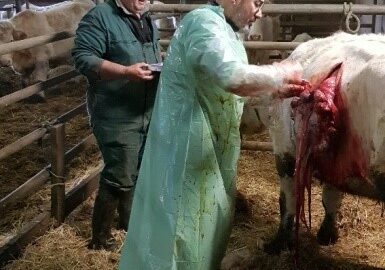Laparotomie lors de syndrome occlusif chez le veau

Auteurs
Résumé
Lors de syndrome occlusif (colique ou ténesme) chez le veau, une chirurgie peut être entreprise lorsqu’un traitement médical de première intention n’a pas été suivi d’effet après 3 à 6 heures. Les interventions précoces ont le plus fort taux de réussite, au risque d’intervenir par excès. Les principales affections rencontrées sont l’intussusception, le volvulus, la dilatation-torsion du caecum, de la caillette et la péritonite. La laparotomie permet d’établir le diagnostic et de tenter un traitement de l’affection : réduction du volvulus ou de la dilatation torsion du caecum, entérectomie lors d’intussusception. Après l’intervention, une antibiothérapie couvrant les germes anaérobies est instaurée. L’alimentation est reprise progressivement et l’hypoglycémie est gérée avec soin. Le retrait des fils 10 à 12 jours plus tard limite le risque d’abcès et permet de suivre le rétablissement du veau.
Abstract
In the case of an obstruction syndrome in the calf (colic or tenesmus) a laparotomy can be performed if no improvement is observed 3 to 6 hours after an initial treatment. A decision taken early to perform surgery has the highest rate of success, but the risk of performing unnecessary laparotomies does exist. The most frequently encountered lesions are intussusception, volvulus, caecal or abomasal dilatation and peritonitis. Laparotomy allows the practitioner to establish a diagnosis and to cure the condition: correction of intestinal mal-rotation, correction of the caecal or abomasal dilatation or torsion, intestinal resection and entero anastomosis in the case of an intussusception. After surgery, an antibiotic is administrated against anaerobic bacteria. The calf is refed progressively and particular care is taken when managing the hypoglycaemia often observed in this condition. The cutaneous sutures are removed ten to twelve days after surgery and the follow-up of calf recovery can be performed at the same time.
D'autres articles
JNGTV 2011 Page 701
Bovins · Aucun thème
Les outils de l’épidémiologie dans l’approche troupeau pour évaluer la fiabilité du diagnostic
Découvrez aussi nos formations
05 janvier 2026
5 jours
Bovin laitier · Bovin viande · Bovins

